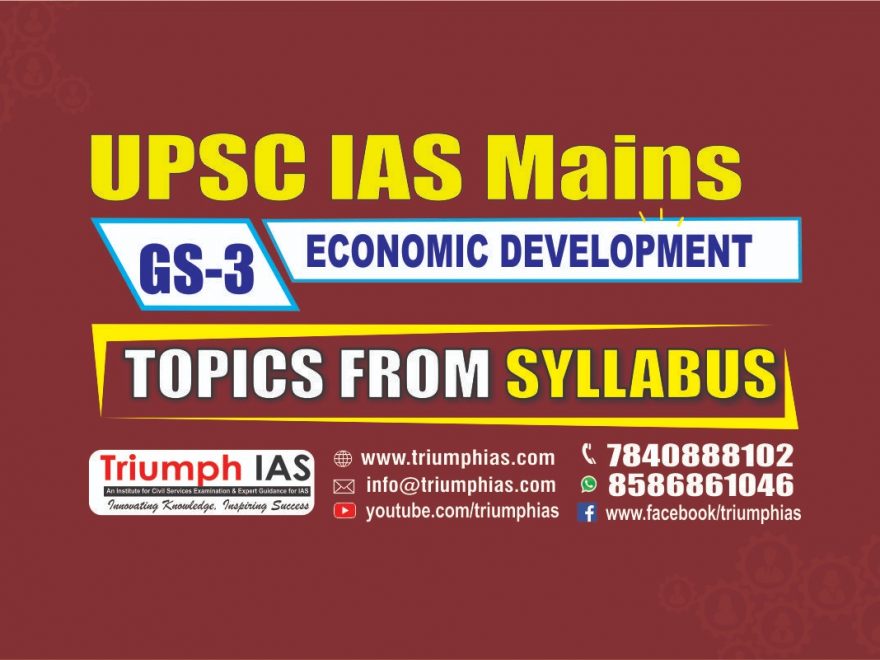Relevance: mains: G.S: Indian Economy:
On August 15, 2022, independent India will turn 75. In the lifespan of nations, India is still young. The best is surely yet to come. India’s youthful and aspirational population deserves a rapid transformation of the economy, which can deliver double-digit growth, jobs and prosperity to all. A strong foundation has been laid in the last four years. While there is every room for confidence, there is none for complacency.
A surge of energy, untiring effort and an unshakeable resolve on the part of the government, private sector and every individual citizen can achieve this transformation in the next five years. Seventy years ago, similar energy, effort and resolve from all Indians freed the country from colonial rule within five years of the launch of the Quit India movement in 1942. Then, like now, foundations had been laid but a committed acceleration of effort was necessary. The Prime Minister’s call for Sankalp Se Siddhi is a clarion call for a radical transformation for a New India by 2022-23.
The Strategy document has disaggregated the 41 sectors under four sections: drivers, infrastructure, inclusion and governance. The first section on drivers focuses on the engines of economic performance – in macroeconomic terms with chapters on growth and employment. The section also discusses strategies for the doubling of farmers’ incomes; boosting Make in India; upgrading the science, technology and innovation eco-system; and promoting sunrise sectors like fintech and tourism. An annual rate of growth of 9 per cent by 2022-23 is essential for generating sufficient jobs and achieving prosperity for all.
Key recommendations
Four key steps, among others have been spelled out for achieving this GDP growth rate.
These are:
- Increase the investment rate as measured by gross fixed capital formation (GFCF) from present 29 per cent to 36 per cent of GDP by 2022. About half of this increase must come from public investment which is slated to increase from 4 per cent to 7 per cent of GDP. Government savings have to move into positive territory.
- In agriculture, emphasis must shift to converting farmers to ‘agripreneurs’ by further expanding e-National Agriculture Markets (e-NAMs) and replacing the Agricultural Produce Marketing Committee (APMC) Act with the Agricultural Produce and Livestock Marketing (APLM) Act
- A strong push would be given to ‘Zero Budget Natural Farming’ (ZBNF) techniques that reduce costs, improve land quality and increase farmers’ incomes. This is a tested method for putting environment carbon back into the land. Therefore, ZBNF allows India to significantly contribute to reducing the global carbon footprint.
- To ensure maximum employment creation, codification of labour laws must be completed and a massive effort must be made to upscale apprenticeships.
Employment:
Codification of labor laws, upscale and expand apprenticeships.
Enhance female labour force participation, by ensuring employers’ adherence to the
- Maternity Benefit program 2017,
- Sexual Harassment of Women at Workplace (Prevention, Prohibition and Redressal) Act.
Minerals:
Launch a mission “Explore in India” by revamping minerals exploration and licensing policy.
Infrastructure
- Infrastructure deals with the physical foundations of growth.
Key recommendations in section of Infrastructure are:
- Transport:
Expedite the establishment of already approved Rail Development Authority (RDA), for an integrated, transparent and dynamic pricing mechanism for the railways.
- Double the share of freight transportedby coastal shipping and inland waterways.
- Develop an IT-enabled platformfor integrating different modes of transport and promoting multi-modal and digitized mobility.
- Private investmentin infrastructure should be focused on through a renewed public-private partnership model.
Digital India
Aim to deliver all government services at the state, district, and gram panchayat level digitally by 2022-23.
Inclusion
Inclusion deals with investing in the capabilities of all of India’s citizens. The three themes in this section revolve around the dimensions of health, education and mainstreaming of traditionally marginalized sections of the population
Key recommendations
- Implement the recommendations of the Second Administrative Reforms Commission.
- Set up a new autonomous body, viz., the Arbitration Council of Indiato grade arbitral institutions and accredit arbitrators to make the arbitration process cost effective and speedy, and to pre-empt the need for court intervention.
- Address thebacklog of pending cases – shift part of workload out of regular court system.
- Expand the scope of Swachh Bharat mission to cover initiatives for landfills, plastic waste and municipal waste and generating wealth from waste.

